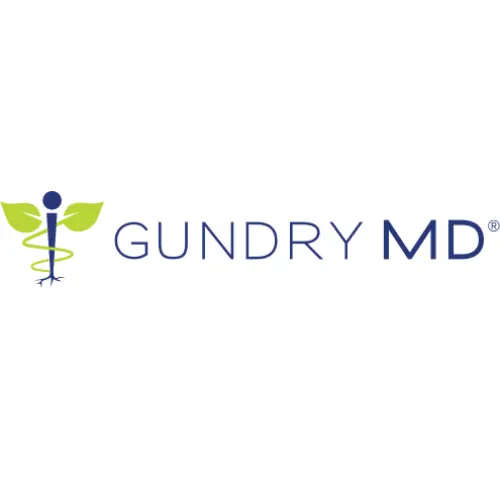Learn About The Latest
Direct-To-Consumer Trends
Demystifying DTC: Expert Reviews of Brands and Products at Your Fingertips
Demystifying DTC: Expert Reviews of Brands and Products at Your Fingertips
Learn About The Latest Direct-To-Consumer Trends
Demystifying DTC: Expert Reviews of Brands and Products at Your Fingertips
OUR FEATURED ARTICLES
Gundry MD Mighty Reds Review | A Journey to Optimal Wellness
The word gummy comes with lots of stereotypes. One of the most common ones is the high content of su…
Oars and Alps Review | Why Oars and Alps Stands Out in 2024
It’s quite a myth that women are more sincere towards their skincare routine. Even if you look…
British Supplements Review 2024 | Worth the Hype?
Today, if you look into the market, there are numerous supplements based on organic chemicals or cla…
Beis Travel Bags Review 2023: Read Beis Travel Bags Reviews
Introduction What is the one thing that you carry with you on every trip, whether it is a shorter or…
WE ARE REGULARLY FEATURED IN MAJOR PUBLICATIONS!
The Consumer Mag Is Featured In Many Leading Publications Regularly.

1000+ Articles
We research and daily update the website to show you the latest news

Expert Reviewed
All content is reviewed and examined by experts in their respective niches.

Unlimited Access
All our content is free to read, always.
Let Us Simplify Your Shopping Experience.
Let Us Simplify Your Shopping Experience.
850,000+
Monthly readers
1,550+
Articles available
25+
Expert Reviewers
850,000+
Monthly readers
1,550+
Articles available
25+
Expert Reviewers
Top Brands Of The Month
Top Brands Of The Month
Read The Reviews By Category
Read The Reviews By Category
Embark on a Journey of New Knowledge and Experiences Together!
Have a look at the list of our categories now!
Embark on a Journey of New Knowledge and Experiences Together!
Have a look at the list of our categories now!



























